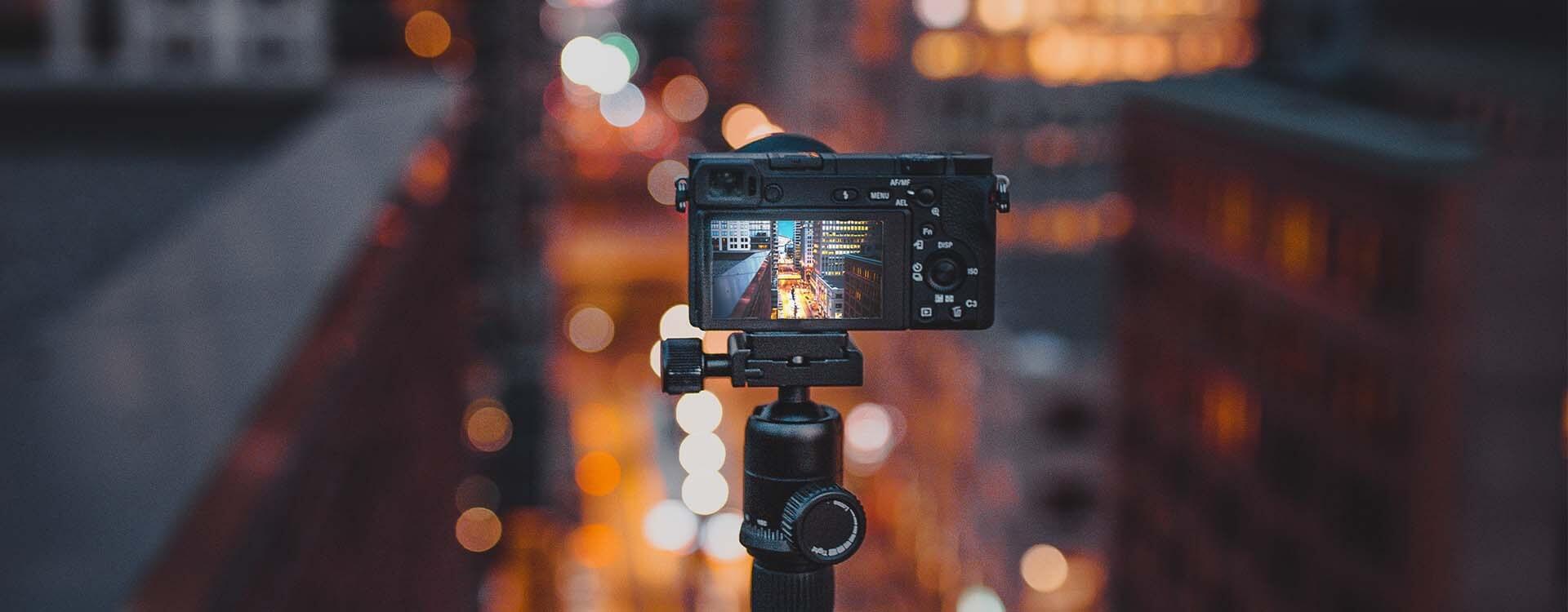Highlights
Table of Contents
Explore article topics
The point and shoot camera has been around since 1888, beginning with Kodak Company’s box film camera, which cost a hefty $25. By 1900, Kodak introduced the $1 Brownie camera. Wouldn’t life be easy if the same price applied to today’s point-and-shoot cameras? In any case, if your goal is to make money as a filmmaker, you’ll need to consider how to choose the best point and shoot cameras. But first, let’s talk about why a point-and-shoot camera is a good choice for video creators.
Why choose a point and shoot camera
First of all, point and shoot cameras are great for travel, filming high-action sequences, and vlogging—all occasions where a bulky DSLR might get in the way.
Secondly, point and shoot cameras are some of the best small video cameras under $1,000. So, if you’re on a budget and looking for the best compact camera or even the best point-and-shoot film camera, read on for guidance, especially if you’re thinking of starting a YouTube channel. (First, you may want to check out our guide on how to choose a video camera.)
How to choose the best point and shoot camera
There are several tech specs to consider when choosing the best point and shoot camera.
- Resolution
- Frame rate
- Ease of use
- Durability
4K is the standard in consumer video recording, and it even exists on smartphones now. However, there’s a definite price jump between cameras that shoot 1080 HD and 4K. If you’re recording video just for social media, you can get away with a 1080p limited output, but you lose the ability to crop into the frame without losing quality.
Frame rate specs determine how much you can slow down your footage to get that buttery slo-mo. Look for cameras that shoot at least 60fps so you can slow down your footage by at least 50%.
The best camera is usually the one you know how best to operate. While the more complicated menu systems of DSLR cameras may give you more options, will you actually use all those features? If not, a simpler point and shoot may be the best compact video camera for you.
Depending on the type of filming you do, you may want to consider the weatherproofing and durability of your camera. Is it waterproof, splashproof, shatterproof? If your work gets you down and dirty, look for a camera that can sustain the elements.
Now on to recommendations for good quality cameras.
Best point and shoot cameras
Fujifilm X100V
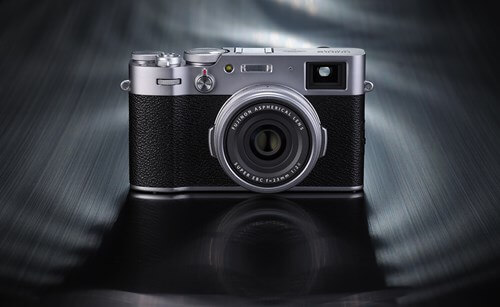
With a 26-megapixel CMOS sensor and 23mm equivalent f/2 lens, the Fujifilm X100V is leaps and bounds superior to its predecessor, the X100F. You’ll get 4K video up to 30 frames per second or 120 frames per second at 1080p. It has a built-in WIFI system as well as a built-in ND filter, rare for a compact video camera. Users love its sleek retro body, which is also weather resistant. Fuji keeps the analog-style dials and controls but adds a touch-screen in its latest model of this highly portable camera, which will set you back $1,399. It truly is one of the most stylish cinema cameras on the market.
Sony Cyber-Shot DSC-RX100 III
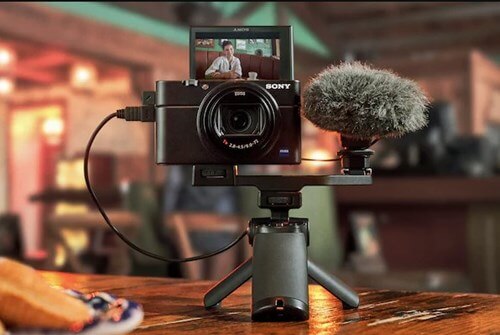
The Sony Cyber-Shot DSC-RX100 III offers 20.1MP (effective) image quality, a brighter and wider ZEISS lens and compact size. The 24-200mm zoom lens is complemented by 0.02-sec. super-fast AF, new real-time tracking and real-time Eye AF, plus enhanced image stabilization and an external microphone jack. This Sony compact camera has a 2.9x optical zoom to get those faraway subjects close up and a 180-degree tiltable LCD screen perfect for self-filming. At $748, the RX-100 III is considered a higher-end point and shoot.
LUMIX LX100 II with 24-75mm LEICA DC Lens
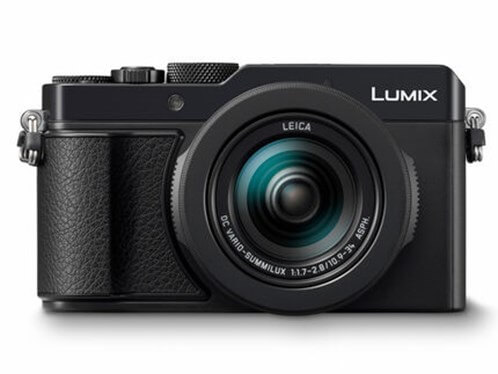
The LUMIX LX100 II with 24-75mm LEICA DC Lens is on the more expensive end of the point and shoot spectrum at $999. However, it combines a quality lens with 4K video and exclusive 4K photo modes plus focus stacking, making it one of the best cameras for video recording.
Focus stacking gives you the remarkable ability to refocus an image even after it has been taken. After shooting, select the in-focus area with the Post Focus function. Or adjust the depth of field after shooting with the Focus Stacking function.
The LX100 gives you total control over manual focus shooting with an aperture dial as well as shutter speed control. The LEICA DC lens provides F1.7 brightness at the wide-angle end and F2.8 from the telephoto for beautiful-looking bokeh. It also allows for macro focusing as close as 3cm, making it one of the best point-and-shoot cameras.
Canon PowerShot G16
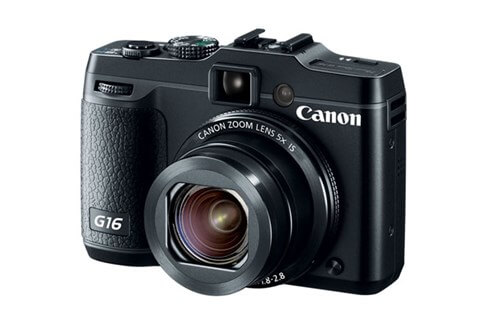
At $499, the Canon PowerShot G16 won’t break the bank. This Canon point and shoot camera offers 12.1-megapixel images and 1080p video at 60p, its pros are an f/1.8 lens and 5x optical zoom. In addition, canon’s high-quality processor supplies higher resolution and less noise up to ISO 12800. It’s also WIFI capable, so you publish directly from the camera to Facebook, Twitter and YouTube, making it a very useful compact camera for video.
Olympus Tough TG-6
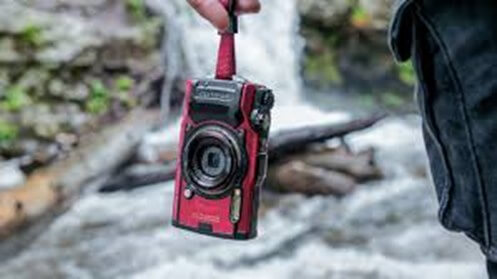
Rounding out the bottom end of compact cameras for video is the Olympus Tough TG-6. It features a 12MP sensor, low-light performance to ISO 12800, fast 20-fps continuous shooting, 4K 30p video recording and high-speed Full HD 1080p shooting at 120 fps. Olympus offers a 4x optical zoom lens, spanning a 25-100mm equivalent range, with an f/2 maximum aperture. And according to the manufacturer, you can step on it, drop it, submerge it, abuse it, and the Tough stays tough. It’s a great buy for adventure vloggers at only $449.
Power your business's creativity with Artlist Business
Point and shoot camera vs. smartphone camera
We’ve written tons about shooting video with a smartphone, but how does that compare to a point-and-shoot camera? The main difference is control. Point and shoot cameras offer more control over resolution, aperture, frame rate and shutter speed, while smartphone cameras strip users of those controls but offer simplistic easy-to-use menus. To increase your control over these settings, you can use software like Filmic Pro. As far as price, Apple’s newest iPhone 13 Pro Max starts at $1,099, so if budget is a concern, you’re better off with a small video camera.
Conclusion
Now that you know the different types of cameras available in your budget, you can determine the best point and shoot camera for the kind of video you produce. Compact digital cameras come in all shapes and sizes, so if you need more guidance, read up on our blog the many articles about mirrorless cameras. But most importantly, get out there and shoot!
Jessica Peterson is a travel and documentary filmmaker with a background in journalism and marketing. She runs Purple Noon Productions from sunny Los Angeles. She has 20 years of experience producing content in 114 cities and 25 countries. In 2016, she directed and produced her own documentary about her then-home of Guam. Her clients include CNN, United Airlines, Southwest Airlines, Matador Network, and Tastemade.
Share this article
Did you find this article useful?
Related Posts
- By Josh Edwards
- 8 MIN READ
Latest Posts
- 25 Apr
- By Josh Edwards
- 4 MIN READ
